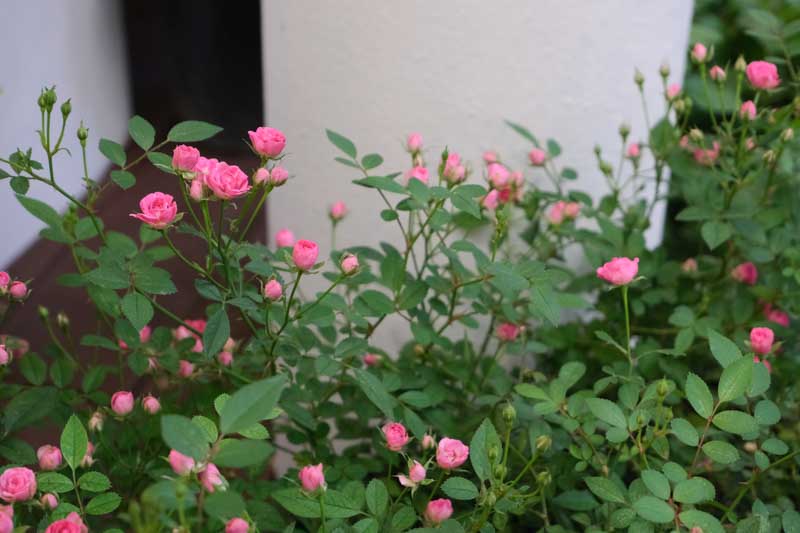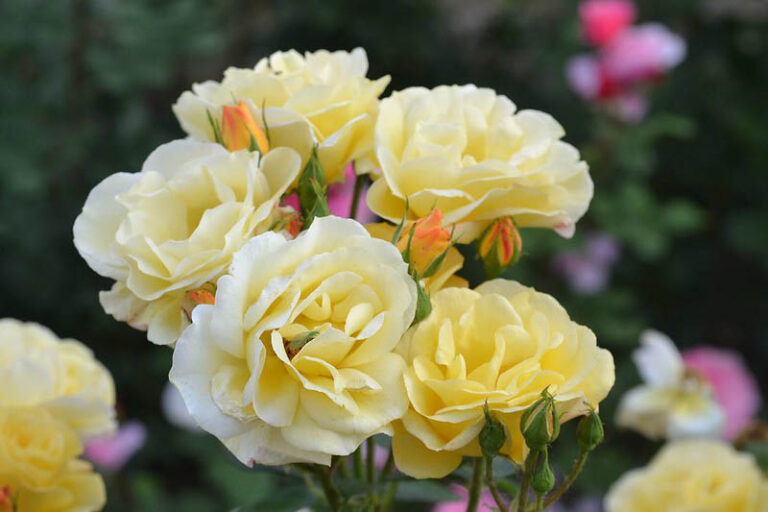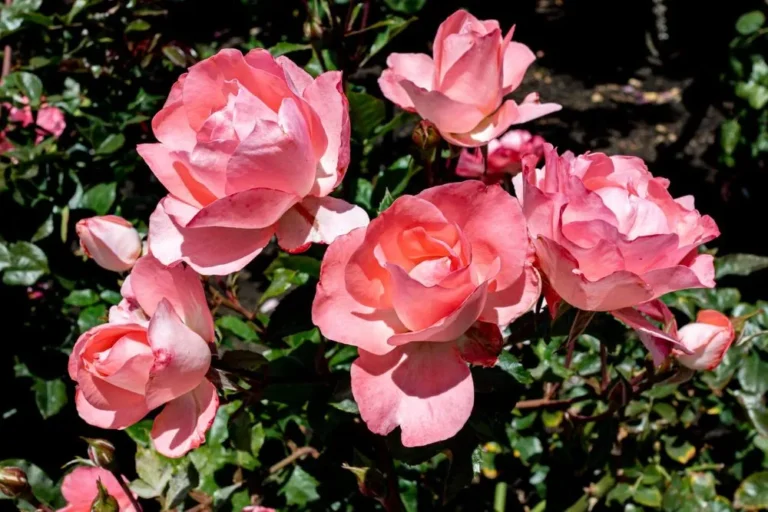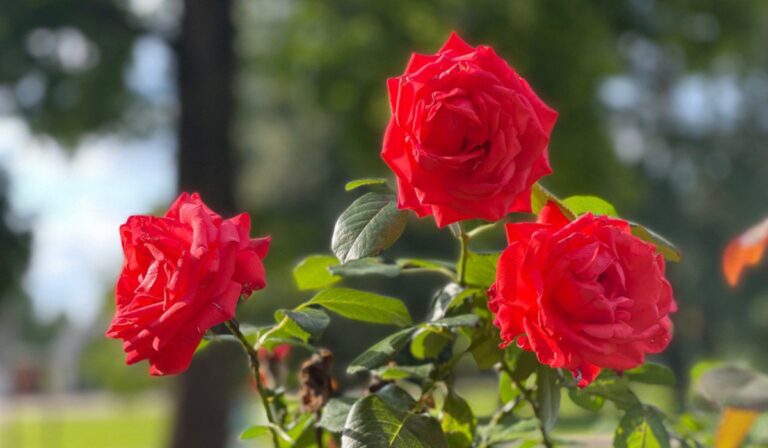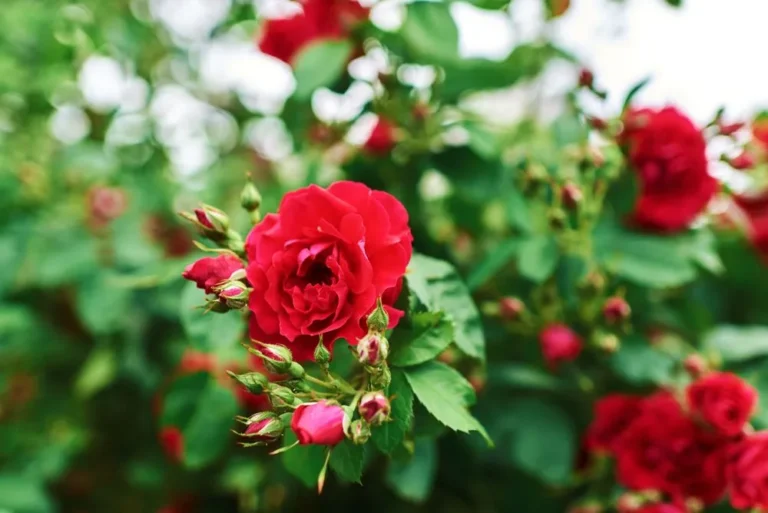China Rose Identification: Complete Guide to Spot Authentic Rosa Chinensis
What if I told you that 90% of gardeners misidentify China roses every single season—and you’re probably one of them? The difference between an authentic Rosa chinensis and its countless lookalikes isn’t just academic; it’s the key to unlocking continuous blooms, proper care, and avoiding costly gardening mistakes that waste years of effort.
China rose is also one of the most revolutionary species in the horticulture sector which has transformed contemporary breeding of rose due to its genetics. Although it is a very important plant, and is cultivated extensively, it is quite unexpected that even expert gardeners can hardly identify it correctly. To see that the particular rose is Rosa chinensis among a host of its cultivated varieties, hybrids, and mere clones, one needs to know certain botanical characteristics that distinguish this ancient Chinese rose among the plethora of roses bearing its name.
Visual Identification Mastery: Botanical Profile
Plant Architecture and Overall Form
In China roses are visually distinguishable and thus they are truly authentic. They are shrubs that are typically 1.2-2m tall (4-8ft) Royal Horticultural Society and are naturally rounded in habit growing slightly spreading as opposed to the erect growth of many modern hybrids. A full-grown China rose can reach 6 to 8 feet in height and spread NC State Extension. Full-grown plants grow a robust structure of thick and slightly curved branches and form a thick and airy mantle, never as compact and formal as so many modern types.
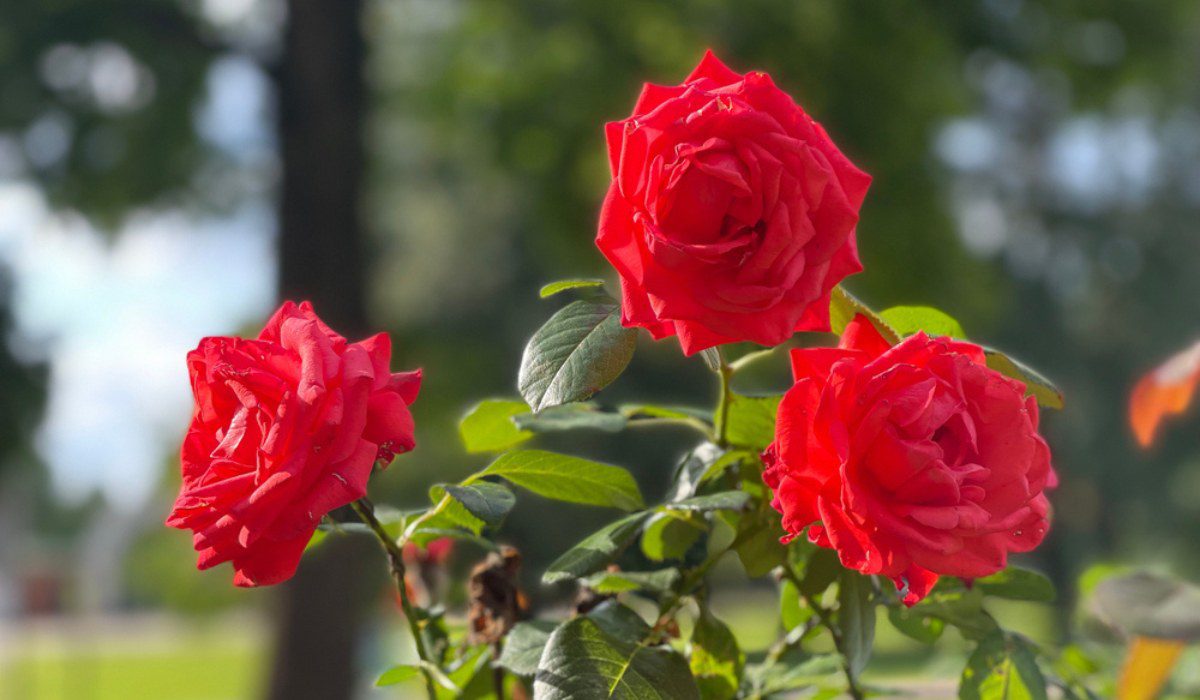
This is a work of texture in the bark: smooth crimson splashes intermingle with grey-brown areas of peeling, which produce a mottled appearance very noticeable in winter dormancy. The stems in young growth are reddish-brown, with slight striations and the mature wood falls off in the usual manner with which it leaves its mark when the foliage is absent.
Stem Characteristics and Prickle Patterns
Another important hint is the branch architecture. China roses are covered not with dense thorns but with scattered, hooked prickles. These prickles are flattened and strongly curved, and occur in ones or in small groups along the stem Trees and Shrubs Online, not as in the armored surface of such species as Rosa rugosa. Two major types of prickles are described in rose: glandular and nonglandular prickles Nature.
The general architecture of the plant is very similar. China roses are naturally compact, twiggy, and dense (in the inside-out) and keep their form with the little pruning. This practice provides them with an ideal look in formal gardens where an orderly look is valued.
Leaf Pattern Analysis: Decoding the Compound Leaf Structure
Leaflet Configuration and Numbers
A sure identification is leaves. The leaves are all compound and often 3 to 5 leaflets but may have 7 leaflets on healthy plants PictureThis. Such a structure provides a unique structure that differentiates China roses among simple-leaf varieties and numerous new breeds. The leaves are pinnate, have 3–5 leaflets, each 2.5–6 cm long and 1–3 cm broad Wikipedia.

The compound leaves of China Rose are two to four and a half inches long and carried alternately. There are three to five one inch to two and a quarter inch by one half to one inch leaflets though sometimes seven leaflets are present NC State Extension. Leaves are ovate to elliptical, 2.5-6 cm long and 1-3 cm wide, respectively. The terminal leaflet is never smaller. Margins are crisply serrated and teeth can be seen at a distance and this tendency remains the same irrespective of growing conditions.
Leaf Texture and Coloration
Another characteristic is leaf texture. The China roses are rough to the touch. The top is dark green with slight sheen and bottom is light and matte. The difference is highly noticeable in the fall when leaves can be bronzy or purple in color before they fall.
The petioles are occasionally armed with little prickles, and have a flattish appearance. Rose leaves are described as “pinnate” – that means there is a central rib and then leaflets off to each side, with one terminal leaflet American Rose Society. The rachis is frequently reddish at the point of the nodes and is flexible and therefore allows the compound leaf to sway attractively in the wind.
The venation is unusual: there are large primary veins running down the midrib to each of the serrated teeth, and secondary ones giving a reticulated pattern which is seen under intense light to give a conspicuous and distinctive effect.
Flower Features: The Signature Distinctive Bloom
Petal Structure and Arrangement
The most identifiable characteristic of the species is flowers. The size of individual flowers is between 4 and 8 cm Gardenia. Single-flowered varieties bear five petals and double ones can bear 20+ petals in a high-centered form which founded the paradigm of modern hybrid teas. In the wild species, the flowers have five pink to red petals Wikipedia.

The petals are velvety and light scattering with a luminous effect that is difficult to capture in photographs. It is a microscopic texture of the petals.
Color Variation and Transformation
Color is very diverse, beginning with pure white and then moving on to soft blush pinks and ending with deep crimson. Lots of them get lighter as they grow with the pale pinks becoming deep rose during the days and bringing in the dynamic color that keeps the plant interesting despite the fact that it has already bloomed. In its native south-west China, Rosa chinensis is shrub to 2m tall with single, semi-double or double flowers with red, pink, white or purple petals Oxford University Plants.
Reproductive Structures
Reproductive organs assist in the identification of the species. The flower center is specified by a huge assembly of flaxen-yellow 20-30 stamen in China rose. The pistils grow out to form styles, which over-run the stamens by a little, a slight but invariable mark in well-formed blossoms.
Fragrance is a reliable clue. Real China roses have a sweet-spicy fragrance, reminiscent of clove and more pronounced in warm climates and remaining the same regardless of the flower color.
Continuous Blooming Pattern
Continuous blooming is the characteristic of this species. In contrast to most roses, which flower and then make hips, China roses which are genuine do not form hips but continue to flower until the first frost, continuing to form hips on the previous flowers. Unlike many old European roses that bloom only once a year, China Roses offer a continuous display of flowers throughout the growing season, often lasting until the first frost Gardenia.
Growth Habit Indicators: The Natural Development Patterns
Branch Development and Structure
There are definite patterns in growth habit. The china roses are round in shape without requiring strong pruning and training. It is common in shrubs to become wider than they get tall as they grow. China Roses are celebrated for their repeat blooming, vibrant colors, and compact growth habit Gardenia.

The major branches grow out of the root at 45-60 degrees, and form an open vortex through which light and air can pass. Profusely sprouting along this primaries, the secondary branches form an interior densely rendered which maintains the rounded form.
The rate of growth is average to rapid and a year with favourable conditions gives the plant an annual 30-60 cm of new growth. This expansion tends to be of the wood of the past seasons and not new basal shoots as most of the modern cultivars are.
Their blooming is attributed to the fact that there is equal distribution of foliage and flowers. China roses are also invested in leaf-production and blooming so that the growth is well maintained and healthy throughout the season.
Root System Characteristics
Root systems Species roses usually have root systems that are deep-fibrous (root systems that run horizontally without going deep) and can thrive only in soils with good surface drainage and which need a steady supply of moisture at the surface.
Identification Seasonally All Year Round
Spring Identification Markers
Spring ID is founded on new growth. New shoots are reddish-purple, and eventually greenish. Leaves of young trees turn a bronze colour which may persist a few weeks providing an effective early-season cue.
Summer Recognition Features
Summer ID is dependent on the perpetual bloom habit. The china roses bloom in bouts where new buds emerge as the old ones remain fresh and maintain their color but not just one burst of colour. China Roses are renowned for their continuous blooming habits, providing a stunning display of color from spring until the first frost Green Packs.
Autumn Diagnostic Traits
The autumn ID that is characterized by maturing hips to bright red as the plant keeps on blooming. They are 1-2 cm, oval to circular PictureThis, and even without the glandular buds of others. The fruit is a red hip one to two cm in diameter Wikipedia.
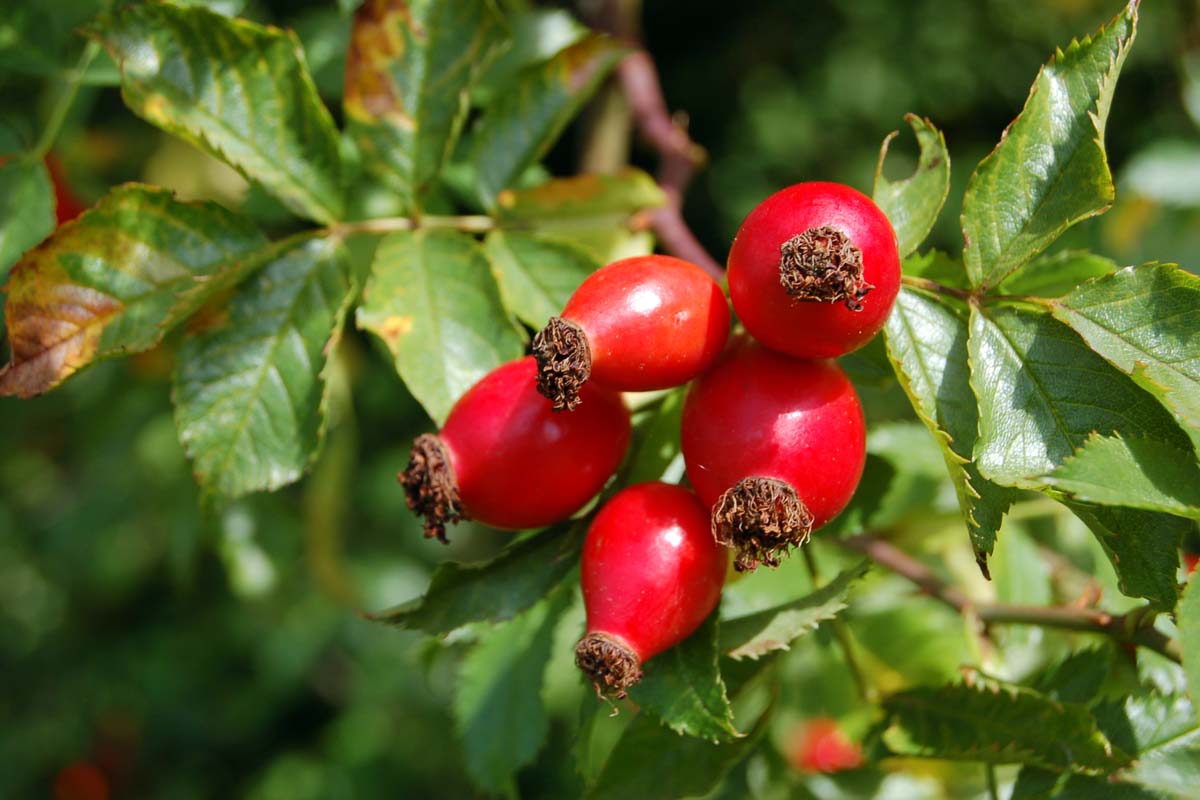
The fruits of all roses are called hips and are considered a good source of vitamin C. The hips appear any time from June through November and, if the birds will let them, can survive the winter NC State Extension.
Winter Identification Clues
Bark texture, branch shape, and persistent hips are major identifiers when the season is winter. Most easily seen are the mottled bark, and the characteristic pattern of branch and powerful prickle, by which it can be found even in winter.
Distinctions Between Authentic and Hybrid vs. Separate Species and Derivatives
Key Differential Characteristics
There is great importance in distinguishing a true Rosa chinensis and hybrids so that the proper botanical precision and historical reverence is established. Natural characteristics are retained by the species plants and the hybrids can have some of the characteristics of China rose but they are lacking the complete range.
Flower form is the best test. True high centred shape, regular number of petals and typical arrangement of stamen and pistil of the true species. Hybrids can resemble these but frequently have minor differences in the number of petals, or the size of the stamen, or in general form.
Growth Pattern Differences
Another measure is growth habit. Plants of the species remain small and spherical, whereas hybrids can grow more actively, branch at another angle or appear with other architecture due to other rose genetics.
The pattern of blooming speaks volumes. China rose is a perennial flower that does not have any rest period. Hybrids might possess less bursts, breaks, or different timing which discloses their mixed origin. What sets it apart in rose history is its repeat-blooming nature—unlike traditional European roses that only bloom once a year, this variety can flower multiple times across the seasons GreenMuse.
There are differences also in leaves. There are regular numbers of leaflets in species, sizes, and patterns; hybrids may differ, i.e. parentage mixed.
Common Misidentification Prevention
Most Frequent Identification Errors
Misidentification is an issue that is usually due to the similarity of the name, superficiality with the other roses and a malicious hybrid background. Awareness of the most common mistakes will ensure that the gardeners make no expensive mistakes and wastage of space.
The greatest mistake made is one that involves the conflation of Chinese roses and hybrid teas which are of China heritage but are classified in a separate category. Hybrid teas are also repetitive, high-centered but as they grow, they are vigorous, larger and their flowers are slightly different to actual species. Tea roses are old garden roses that originated in China (Rosa chinensis) over 1000 years. Hybrid tea roses are a cross between hybrid perpetual and tea roses Ask Gardening.
The other mistake is the confusion of floribunda roses with the China roses due to similarity in flower color or habit. Floribundas have a smaller flower cluster and they differ in overall structure and leaf characteristics that are discernible with close attentions.
Environmental Factors Affecting Identification
Domestic differentiation among the cultivars grown in China may conceal the characteristic features of the species. Climate, growing conditions and cultivation practices change the appearance of the plant to hide the fundamentals thus the species behind the appearances are the same.
Nursery tags are not reliable and often show the wrong information having shown a plant which claims to be China rose but does not possess the genuine characteristics. This is a problem that has to be compared to numerous identifying marks instead of relying on one label.
Professional Identification Procedures
Systematic Assessment Methodology
Identifying China requires learning the systematic methodology of identifying based on multiple characteristics and is not based on over-depending on one characteristic that is subject to environmental, care, or seasonal changes.
To determine baseline conditions and identify violations of the parameters of species, first of all, estimate general plant form, size, shape, and pattern of branching.
Then observe branches: color, pattern, prickliness of the bark, stem-color. These characteristics remain throughout the year and are genetic indicative.
Detailed Feature Examination
Next, examine the leaves: observe the compound structure, the numbers of leaflets, sizes of the leaflets, margins and venation. Such information assists in isolating species and hybrids.
When in flower, consider the entire flower: flower form, petal size, fragrance and interaction between vegetative and reproductive divisions enabling the flower to remain in constant flowering.
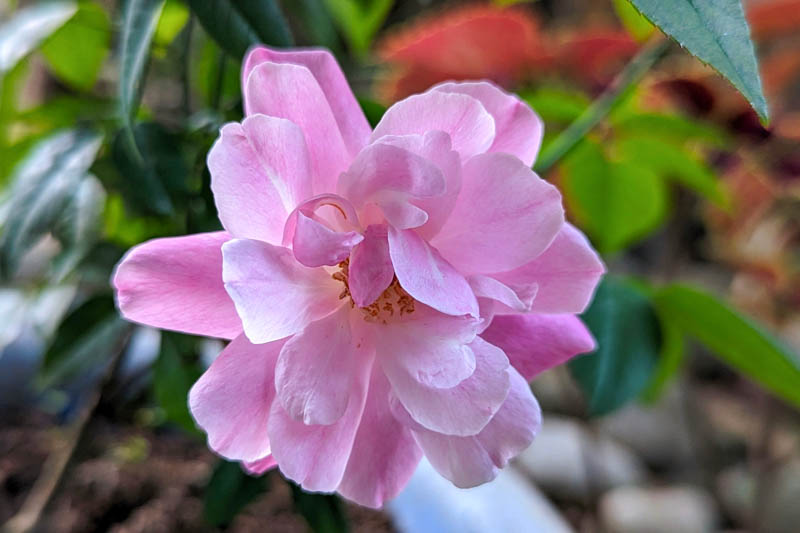
Record-photos, written notes, identification logs etc. record the specimens to make comparisons, to trace seasonal variations, and to gain experience with time.
Such a complete approach provides the body of knowledge required to properly identify authentic Rosa chinensis and it allows amateur and professional gardeners and lovers to distinguish with ease the true China roses of the multitude of imitations and hybrids of this species in modern gardens, and to conserve the heritage of the species across the world.
Sources
North Carolina Extension Gardener Plant Toolbox
Gardenia: China Rose for Continuous Blooms Guide
Royal Botanic Gardens Kew – Plants of the World Online
Royal Horticultural Society – Rosa chinensis Species Profile
Trees and Shrubs Online – Rosa chinensis Comprehensive Article
Oxford University Herbaria – Rosa chinensis Plants 400 Profile
American Rose Society – About Rose Leaves
PictureThis – How to Identify China Rose
Nature – Morphological Studies of Rose Prickles
ScienceDirect – Rosa Chinensis Overview
Green Packs – How Many Times Do China Roses Bloom
GreenMuse – Rosa Chinensis: A Garden Romance That Never Ends
Ask Gardening – Grandiflora vs Floribunda vs Hybrid Tea Roses

